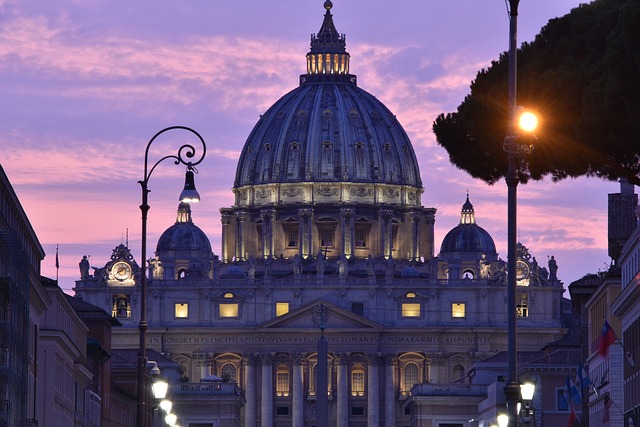The death of a pope is a momentous event in the Catholic Church, triggering a series of ancient rituals and formal procedures that have been followed for centuries. When Pope Francis passes away, the Vatican will enter a period of mourning before the College of Cardinals gathers to elect a new leader. Here’s what happens step by step.
The Death of a Pope
When a pope dies, the first step is official confirmation of his passing. This responsibility falls to the Camerlengo (Chamberlain) of the Holy Roman Church, a senior Vatican official. Historically, the Camerlengo would tap the pope’s forehead three times with a silver hammer while calling out his birth name to ensure he has truly died. While this ritual may not be strictly followed today, the Camerlengo still verifies the death and formally announces it to the world.
The Vatican then notifies governments, religious leaders, and the global Catholic community. The Papal Seal (Ring of the Fisherman) is immediately destroyed to prevent fraudulent use.
The Mourning and Funeral
After the pope’s death is confirmed, the Vatican enters a period of official mourning. His body is prepared and dressed in papal vestments before being displayed in St. Peter’s Basilica, where the public can pay their final respects.
The mourning lasts for nine days, a period known as novemdiales, during which daily Masses and prayers are held for the deceased pope. The funeral is typically held four to six days after his death and is attended by world leaders, cardinals, bishops, and thousands of faithful Catholics. The pope is then laid to rest, usually in St. Peter’s Basilica, alongside past popes.
The Papal Conclave: Electing a New Pope
With the Church now without a leader, attention turns to the election of a new pope. The College of Cardinals, the body responsible for electing the pope, gathers in Rome to begin the process.
The election takes place in a secretive event known as the Conclave, derived from the Latin word meaning “locked with a key.” The 120 or so cardinals eligible to vote (those under the age of 80) are locked inside the Sistine Chapel, cut off from the outside world until a new pope is chosen.
How the Voting Process Works
The cardinals vote up to four times per day, writing their chosen candidate’s name on a ballot. The votes are then counted, and to be elected, a candidate must receive a two-thirds majority.
If no one secures the necessary votes, the ballots are burned with chemicals that produce black smoke, signaling to the world that no decision has been made. Voting continues for several rounds until one candidate finally receives enough support.
When a new pope is elected, the ballots are burned in a way that produces white smoke, signaling to the world that a new leader of the Catholic Church has been chosen. At this moment, bells ring out across St. Peter’s Square in celebration.
The New Pope is Revealed
Once a candidate is chosen, he is asked if he accepts the position. If he agrees, he chooses a new papal name—often inspired by past popes or saints.
Finally, the Protodeacon Cardinal steps onto the balcony of St. Peter’s Basilica and announces to the world:
“Habemus Papam!” (“We have a Pope!”)
Shortly after, the new pope appears on the balcony, offering his first blessing, known as Urbi et Orbi (“To the City and the World”), to the faithful gathered below.
At that moment, the Catholic Church has its new leader, and a new era begins.
A Tradition Rooted in History
The process of electing a pope has evolved over the centuries, but many traditions remain unchanged. The death of a pope is not just the passing of a religious leader but a moment of transition for over a billion Catholics worldwide. As the world watches, the centuries-old ritual of the Conclave ensures that the Church continues with a new successor to Saint Peter, ready to guide the faithful into the future.
